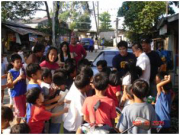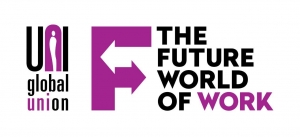12 June 2009: 10 years fighting against Child Labour

The ILO reports that although much progress has been made during the last ten years, there is still a lot of work to be done, especially concerning the exploitation of girls in child labour. The organisation estimates that there are 100 million girls involved in child labour, and reports that these girls often endure additional hardships and face extra risks as compared to boys. The ILO also denounces that very often girls are required to work as unpaid domestic workers for their families as this form of work is traditionally allocated to girls, and also “to combine long hours of household chores with some form of economic activity outside the household presenting girls with a double burden. This can have a negative impact on any opportunity for school attendance and can present a physical danger to girls”.
Many girls under the minimum age of employment around the world work in agriculture and in the manufacturing sector, frequently in dangerous conditions. The ILO states that “oftentimes this work is hidden from the public eye, leading to particular dangers and risks. The extreme exploitation of girls in the worst forms of child labour includes slavery, bonded labour, prostitution and pornography.”
The ILO calls on the World Day against Child Labour for:
· Policy responses to address the causes of child labour, paying particular attention to the situation of girls.
· Urgent action to tackle the worst forms of child labour.
· Greater attention to the education and skills training needs of adolescent girls - a key action point in tackling child labour and providing a pathway for girls to gain Decent Work as adults.
UNI would like to support this initiative and encourages its affiliates to join the ILO in their ongoing campaign to tackle child labour.
We work towards equality. Join us!
To access the material published by the ILO on the occasion of the World Day against Child Labour please click on “Related Files”.

